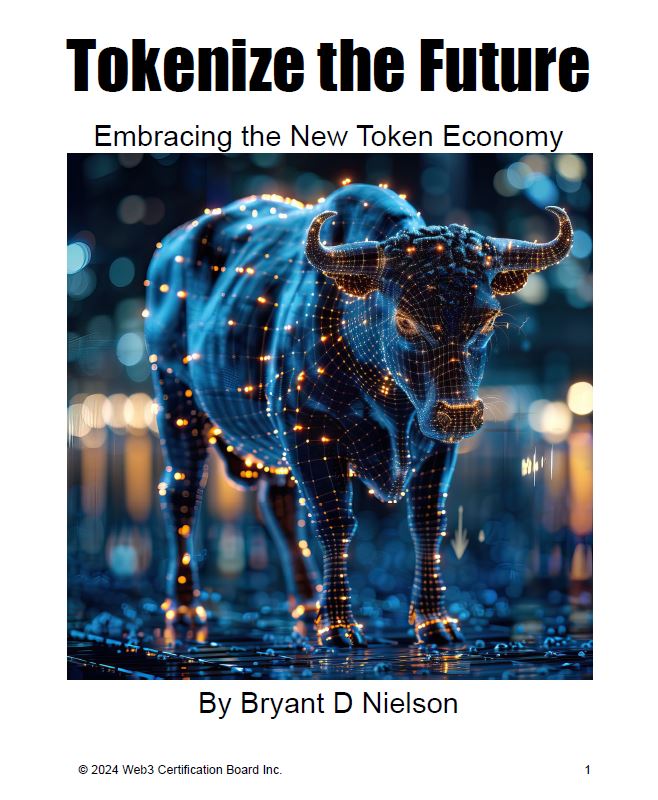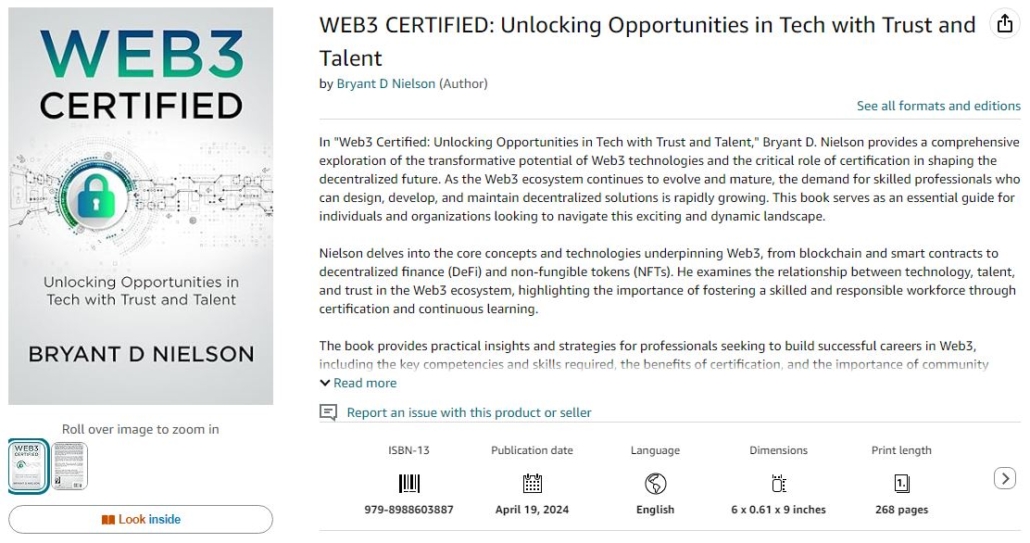Welcome, dear reader, to the grand illusion of higher education, where the line between university and research lab is blurrier than a freshman’s vision after their first frat party. Prepare yourself for a journey into the heart of academia, where we’ll uncover the true priorities lurking behind those ivy-covered walls and eye-watering tuition bills.
The Great Academic Bait and Switch
Picture, if you will, a bright-eyed, bushy-tailed high school graduate, brimming with dreams of intellectual growth and career preparation. They’ve chosen their university based on glossy brochures featuring smiling students engaged in vibrant classroom discussions. Little do they know, they’re about to star in the greatest bait and switch since someone convinced the world that hot dogs are sandwiches.
You see, many universities have perfected the art of presenting themselves as bastions of higher learning while secretly moonlighting as research facilities. It’s like going to a restaurant, only to find out it’s actually a test kitchen where you’re paying for the privilege of eating the experiments.
The Research-Teaching Seesaw: Guess Which Side is Up?
In the grand balancing act of university priorities, research and teaching are supposed to be on a seesaw, each complementing and enhancing the other. However, in reality, this seesaw looks less like a playground fixture and more like a catapult, with research sitting comfortably on the ground while teaching is launched into the stratosphere of neglect.
Professors, those elusive creatures students occasionally glimpse between grant applications, often view teaching as that annoying thing they have to do between research projects. It’s like a superhero whose secret identity is actually their day job — sure, they’ll do it, but their heart’s not really in it.
The Publish or Perish Paradigm: A Tragic Comedy
In the hallowed halls of academia, a sinister mantra echoes: “Publish or Perish.” It’s not just a catchy alliteration; it’s a way of life. Professors are caught in a never-ending hamster wheel of publication, desperately churning out papers as if they’re being chased by the Grim Reaper of Academic Obscurity.
This relentless pressure to publish has turned many a bright-eyed educator into a paper-producing automaton. Teaching? That’s just a side gig. Their real job is to contribute to the ever-growing mountain of academic papers that will be read by approximately three people and a very confused cat who accidentally stepped on the keyboard.
The Curious Case of the Disappearing Professor
For many students, spotting their professor outside of class is like trying to catch a glimpse of Bigfoot — theoretically possible, but highly unlikely and often disappointing when it actually happens. These elusive academics are often too busy with their research to engage in such trivial pursuits as, oh I don’t know, educating the students who are paying their salaries.
It’s a bit like joining a gym where all the trainers are too busy writing books about fitness to actually help you work out. Sure, you might accidentally learn something by osmosis, but it’s not exactly the personalized attention you were expecting when you signed up.
The Teaching Assistant: Academia’s Unsung Hero (or Sacrificial Lamb)
Enter the teaching assistant, stage left. These brave souls, usually graduate students themselves, are thrust into the educational spotlight with all the preparation of a cat being asked to perform Swan Lake. They’re expected to bridge the gap between the research-obsessed professors and the knowledge-hungry undergraduates, armed with nothing but a vague syllabus and a coffee addiction that would make Starbucks executives weep with joy.
It’s a bit like hiring an intern to run a Fortune 500 company. Sure, they’re eager and they might have some fresh ideas, but wouldn’t it be nice if someone with actual experience was at the helm?
The Curriculum Time Capsule: Preserved for Posterity
With all this focus on research, you might be wondering what happens to the curriculum. Well, imagine a time capsule, but instead of being filled with cultural artifacts, it’s stuffed with outdated textbooks and lecture notes from 1987. That’s essentially what many university curricula have become — perfectly preserved relics of a bygone era.
It’s as if the academic world collectively decided that everything worth teaching was already discovered by 1995, and anything after that is just a fad. Who needs to learn about modern technology or current industry practices when you can dive deep into the intricacies of obsolete systems and theories that haven’t been relevant since shoulder pads were in fashion?
The Great Disconnect: Academia vs. The Real World
This research-first approach has led to a disconnect between academia and the real world so vast you could fit all of a professor’s unread emails in it. While universities are busy pushing the boundaries of theoretical knowledge, employers are left scratching their heads, wondering why new graduates need a week-long orientation just to figure out how to use the office coffee machine.
It’s a bit like training for years to be a master chef, only to find out that all restaurants now use microwave ovens and your extensive knowledge of sous-vide techniques is about as useful as a chocolate teapot.
The Innovation Paradox: Cutting-Edge Research, Stone Age Teaching
Here’s a riddle for you: How can an institution be at the forefront of groundbreaking research and simultaneously stuck in the Dark Ages when it comes to teaching methods? Welcome to the Innovation Paradox, where universities manage to be both pioneers and dinosaurs at the same time.
It’s as if these institutions are driving a Formula 1 car when it comes to research, but teaching students to ride a penny-farthing bicycle. Sure, both will get you from A to B, but one is decidedly more relevant in today’s world.
The Tuition Illusion: Paying for the Privilege of Being Ignored
Now, you might be thinking, “Surely with the astronomical tuition fees, some of that money must be going towards improving the quality of education?” Oh, you sweet summer child. Allow me to introduce you to the Tuition Illusion, where your hard-earned dollars magically transform into research grants and shiny new laboratory equipment faster than you can say “student debt.”
It’s a bit like paying for a five-star hotel and being asked to sleep in the broom closet because all the nice rooms are reserved for “important research into the sleeping habits of the rich and famous.”
The Employers’ Lament: “We Asked for Skilled Graduates, Not Walking Encyclopedias”
As students finally emerge from their four-year (or five-year, or six-year…) academic cocoons, they’re thrust into a job market that looks at them the way a vegan looks at a steakhouse menu — with a mixture of confusion and mild horror.
Employers find themselves in the unenviable position of having to retrain these fresh graduates in the basic skills needed for the job. It’s like ordering a custom-built car and receiving a set of encyclopedias about automotive history instead. Interesting? Perhaps. Useful for your daily commute? Not so much.
A Call for Educational Evolution (No Lab Rats Required)
As we continue our journey through the looking glass of higher education, one thing becomes abundantly clear: the current model is about as outdated as a floppy disk in a world of cloud storage.
Universities stand at a crossroads. They can continue down the path of research obsession, churning out papers and patents while treating teaching as an afterthought. Or, they can recognize that their primary customers — the students — deserve more than to be treated like lab rats in a great academic experiment.
The challenge is clear: find a way to balance cutting-edge research with innovative, relevant teaching. It’s time for universities to remember that they’re not just research labs with a sideline in education, but institutions with a responsibility to prepare the next generation for the world they’ll inherit.
So, to all you universities out there: how about we take some of that innovative spirit you apply to research and sprinkle a little on your teaching methods? Who knows, you might just revolutionize education. And wouldn’t that be a paper worth publishing?
____
Bryant D. Nielson is the CEO of Web3 Certification Board Inc. With over 30 years of experience in training and development, Bryant is a leading advocate for advancing blockchain and web3 education. Learn how certifications in Web3 and blockchain technologies can open new doors for you and your organization. Visit w3cb.org to explore the opportunities today!











